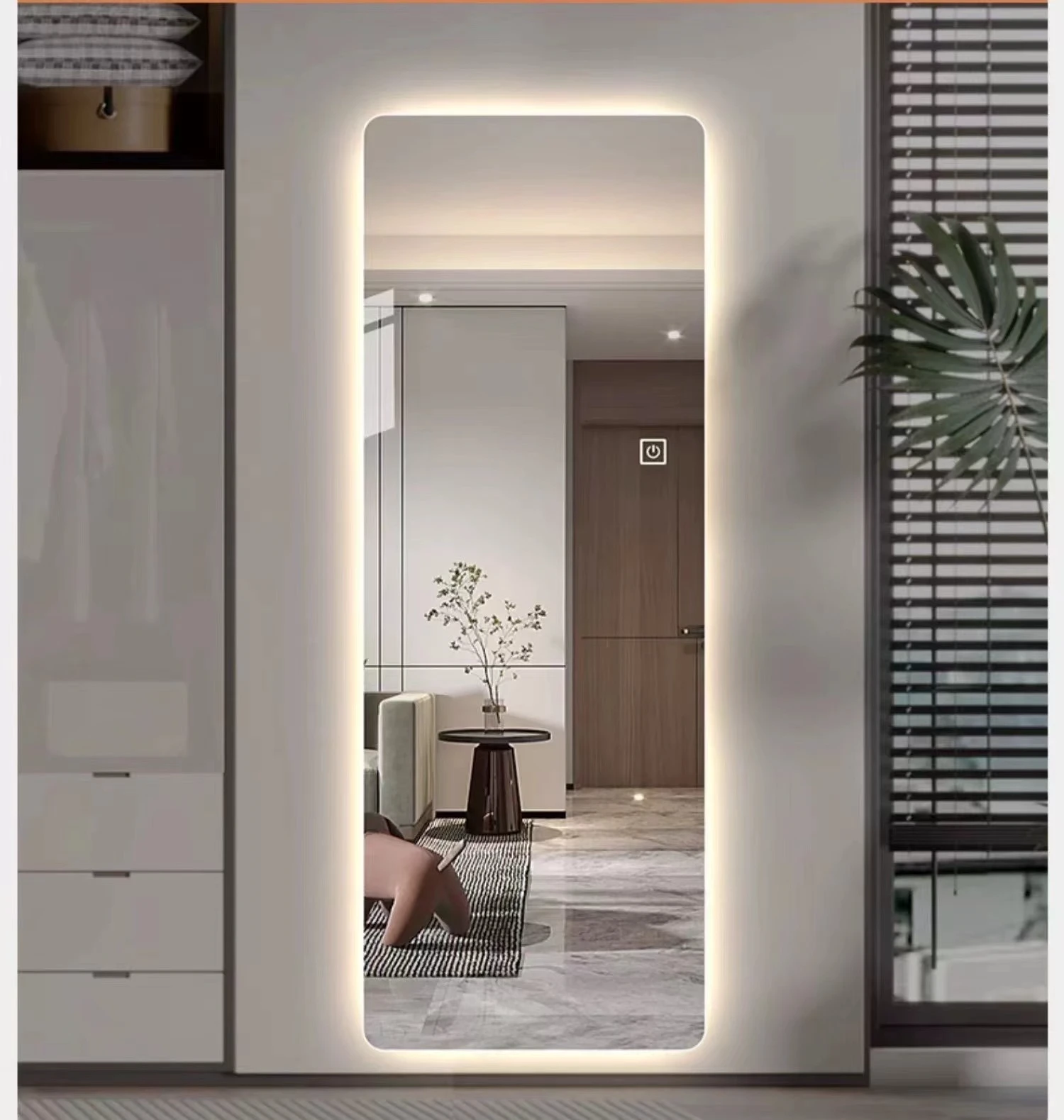

The Versatility and Advantages of 4mm Float Glass
Introduction
Float glass, a key material in the construction and design industries, showcases a remarkable balance between functionality and aesthetics. Among the various thicknesses available, 4mm float glass has become a popular choice due to its lightweight nature, ease of handling, and extensive range of applications. This article explores the characteristics, benefits, and uses of 4mm float glass, highlighting why it has gained prominence in modern architecture and interior design.
What is Float Glass?
Float glass is manufactured through a unique process where molten glass is floated on top of molten tin, creating a smooth and uniform sheet. The result is a high-clarity product with excellent optical properties, free from distorting imperfections. This process ensures that the glass has consistent thickness and clarity, making it ideal for various applications. When it comes to thickness, 4mm float glass strikes a balance between being lightweight and providing adequate strength.
Characteristics of 4mm Float Glass
1. Optical Clarity One of the defining features of 4mm float glass is its exceptional clarity. This quality makes it ideal for applications where visibility and light transmission are crucial, such as windows and display cases.
2. Lightweight At just 4mm thick, this type of glass is significantly lighter than its thicker counterparts. This characteristic not only makes it easier to handle and transport but also reduces the structural load on buildings and frames, allowing architects to design more intricate and lightweight structures.
3. Versatile Applications 4mm float glass can be utilized in various contexts, ranging from residential to commercial applications. Its versatility makes it suitable for windows, glass doors, partitions, and decorative features.

4. Affordable Cost Compared to thicker glass options, 4mm float glass is relatively cost-effective. This affordability combines with its visual appeal to make it an attractive choice for both homeowners and builders.
5. Easy to Cut and Shape Another significant advantage of 4mm float glass is its ease of customization. It can be cut, drilled, and shaped without much difficulty, allowing for endless design possibilities.
Benefits of Using 4mm Float Glass
1. Aesthetic Appeal The transparent nature of float glass allows natural light to flood into spaces, enhancing the ambiance and visual appeal of interiors. With 4mm float glass, designers can create sleek and modern spaces that feel more open and inviting.
2. Customization Options Designers can treat 4mm float glass with various coatings and finishes to enhance its thermal and acoustic performance. Options like low-emissivity (Low-E) coatings or reflective coatings can improve energy efficiency while maintaining the glass’s aesthetic qualities.
3. Safety and Durability While 4mm float glass is thinner than other options, advancements in glass treatment have improved its durability and safety features. Tempered versions can be produced that resist impacts and thermal stress, making them suitable for areas prone to breakage.
4. Energy Efficiency With the right coatings, 4mm float glass can contribute to energy efficiency in buildings by reducing heat loss through windows and minimizing the need for artificial lighting during the day.
Conclusion
The advantages of 4mm float glass make it an ideal material for various applications in modern architecture and design. Its combination of lightweight properties, optical clarity, affordability, and ease of customization allows architects and designers to create innovative and visually pleasing spaces. Whether used in homes, offices, or retail environments, 4mm float glass continues to prove its worth as a fundamental building material, contributing to the creation of sustainable and aesthetically appealing designs for the future. As building trends evolve, the role of float glass, particularly in the 4mm thickness range, is poised to grow, driving forward innovations in architecture and design.